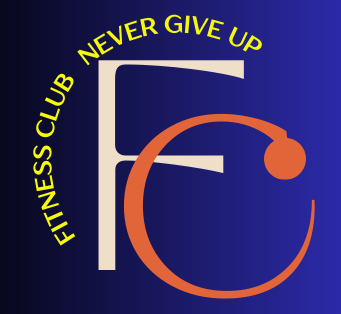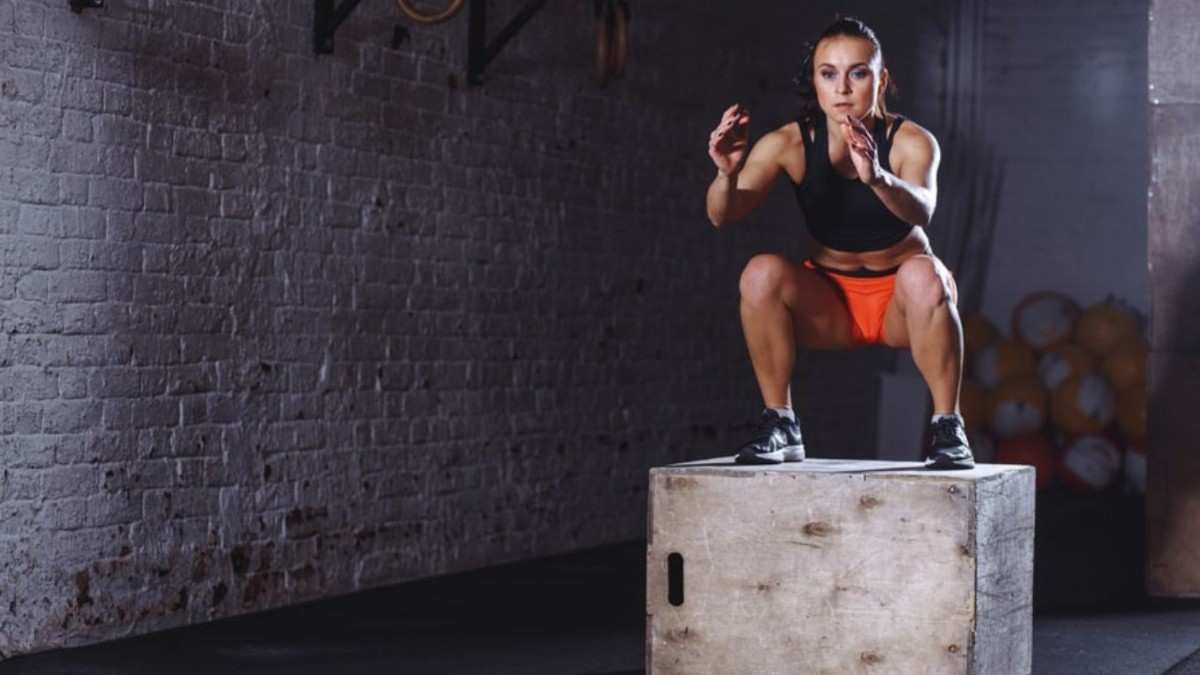If you’re just starting your weight loss journey, you may be wondering: Is cardio good for beginners? The answer is a resounding yes! Cardiovascular exercise is one of the most effective ways to burn calories, boost metabolism, and improve overall health—especially for those new to fitness.
Cardio workouts, such as walking, jogging, cycling, or swimming, help beginners ease into exercise while promoting fat loss. Unlike intense strength training or high-intensity workouts, cardio is low-impact, adaptable, and perfect for building endurance. However, to maximize results, it’s essential to choose the right type, duration, and intensity of cardio based on your fitness level.
In this guide, we’ll explore why cardio is good for beginners, the best cardio exercises for weight loss, and key tips to ensure you stay motivated and see progress. Whether your goal is to shed pounds or improve cardiovascular health, understanding how to incorporate cardio effectively can set you up for long-term success. Let’s dive in!
What Is Cardio and Why Is It Great for Beginners?
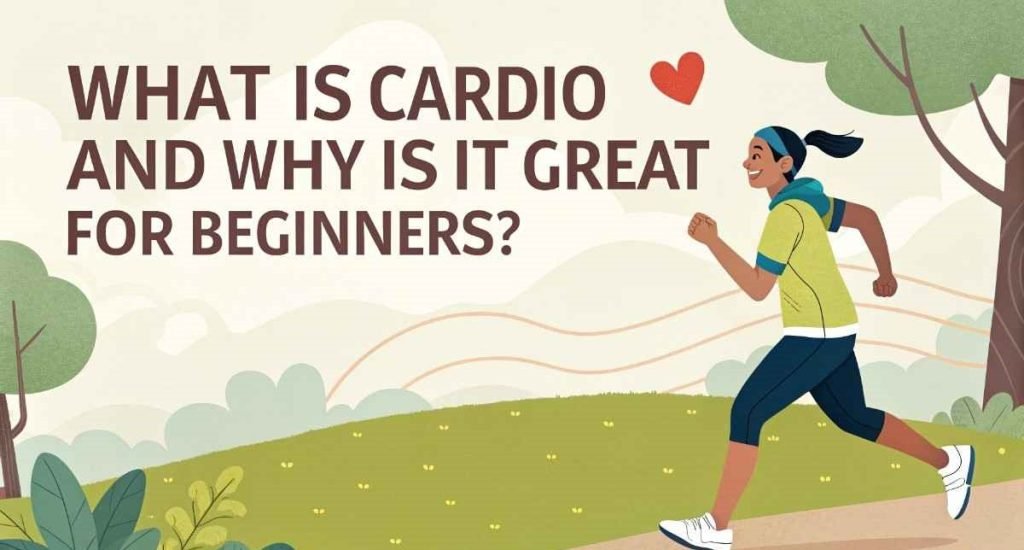
Defining Cardio (In Simple Terms!)
Cardio (short for cardiovascular exercise) is any activity that gets your heart pumping faster and increases your breathing rate. Think of it as a workout for your heart and lungs! Common examples include:
- Walking briskly
- Jogging or running
- Cycling
- Swimming
- Dancing
- Jumping rope
Unlike heavy weightlifting or intense sprinting, most cardio workouts for beginners are low-impact and easy to modify, making them perfect for those just starting their fitness journey.
Why Is Cardio Great for Beginners?
- Boosts Heart Health – Strengthens your heart, improving circulation.
- Burns Calories – Helps with weight management in a sustainable way.
- Increases Energy – Fights fatigue by improving oxygen flow.
- Mood Enhancer – Releases endorphins to reduce stress.
- Easy to Start – No fancy equipment needed—just your body and motivation!
Whether you prefer a morning walk or a fun dance session, cardio workouts for beginners are a simple yet powerful way to build fitness from the ground up. 🚶♂️💨
Why Start with Cardio? The Perfect Fitness Foundation for Beginners
If you’re new to exercise, cardio workouts for beginners are one of the best ways to kickstart your fitness journey. Here’s why:
1. It’s Simple & Accessible
No gym membership? No problem! You can start with basic activities like walking, jogging, or home workouts—no equipment needed.
2. Builds Endurance Gradually
Unlike high-intensity workouts that can leave beginners feeling exhausted, cardio lets you pace yourself and slowly build stamina.
3. Burns Calories & Supports Weight Loss
Regular cardio helps boost metabolism and burn fat, making it a great choice for those looking to lose weight in a sustainable way.
4. Strengthens Your Heart & Lungs
Cardio improves heart health, lowers blood pressure, and increases lung capacity—key for long-term wellness.
5. Boosts Mood & Reduces Stress
Thanks to the release of endorphins (feel-good hormones), cardio can help fight anxiety, stress, and even improve sleep.
6. Low Risk of Injury (When Done Right!)
Beginner-friendly cardio (like walking, cycling, or swimming) is low-impact, meaning it’s gentle on joints while still being effective.
The Bottom Line
If you want an easy, effective, and enjoyable way to get fit, cardio workouts for beginners are the perfect starting point. Ready to take the first step? Let’s get your heart pumping! ❤️🚶♂️💨
Getting Started Safely: Essential Tips for Beginner Cardio
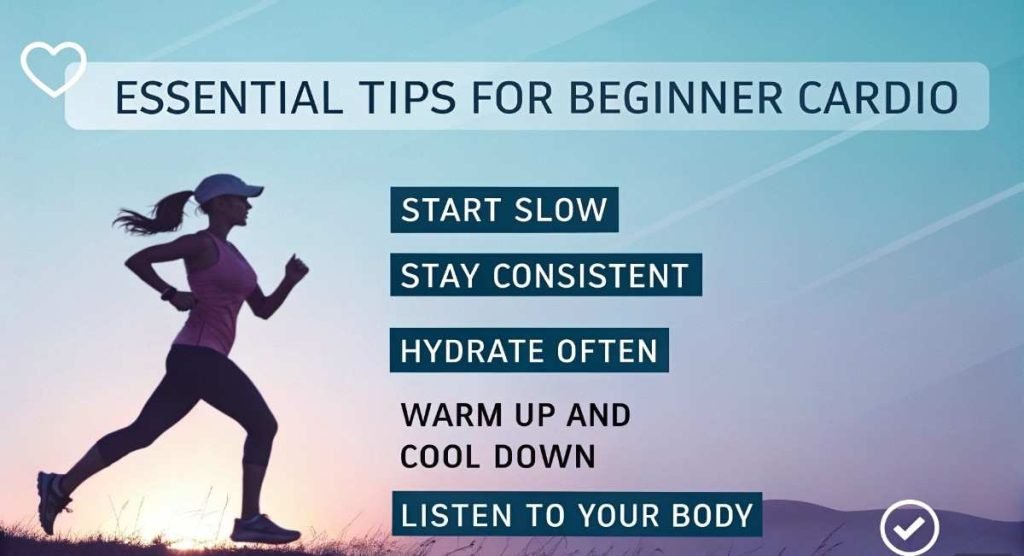
Consult Your Doctor:
Before starting any new exercise routine, especially if you have pre-existing health conditions, are pregnant, or haven’t been active in a long time, it’s wise to talk to your doctor. They can give you personalized advice and ensure cardio is right for you.
Start Slow and Progress Gradually:
This is perhaps the most crucial tip. Don’t try to do too much too soon. Begin with short durations (like 10-15 minutes) and low intensity (you should be able to talk in complete sentences). As your fitness improves over weeks, slowly increase the time or intensity. Avoid pushing yourself to exhaustion in the first few sessions.
Always Warm-Up:
Dedicate 5-10 minutes before your cardio session to a warm-up. This prepares your muscles and cardiovascular system for activity. Light aerobic movements like marching in place, arm circles, leg swings, and gentle stretches are perfect.
Don’t Skip the Cool-Down:
After your cardio, spend 5-10 minutes cooling down. This allows your heart rate to return to normal gradually. Walk slowly, do some light stretching to improve flexibility, and help prevent muscle stiffness.
Listen to Your Body:
Pay close attention to how you feel. If you experience sharp pain, dizziness, chest discomfort, or extreme shortness of breath, stop immediately. It’s okay to rest or cut a session short if your body is telling you it needs to. Pushing through pain can lead to injury.
Stay Hydrated:
Drink water before, during (especially for sessions longer than 30 minutes), and after your cardio workout. Dehydration can lead to fatigue and muscle cramps.
Wear Appropriate Footwear:
Invest in comfortable, supportive shoes suitable for your chosen activity (e.g., running shoes for walking/jogging). Proper footwear can help prevent foot, ankle, and knee injuries.
Choose a Safe Environment:
If you’re exercising outdoors, be aware of your surroundings, traffic, and weather conditions. If exercising indoors, ensure you have enough space and stable flooring.
Focus on Breathing:
Try to maintain a steady, comfortable breathing rhythm. Don’t hold your breath. You should be able to talk, though perhaps with some effort, during moderate-intensity cardio.
By following these simple safety tips, you can make your initial cardio workouts for beginners a positive, injury-free experience and build a sustainable fitness habit.
Best Cardio Workouts for Beginners: Easy & Effective Routines
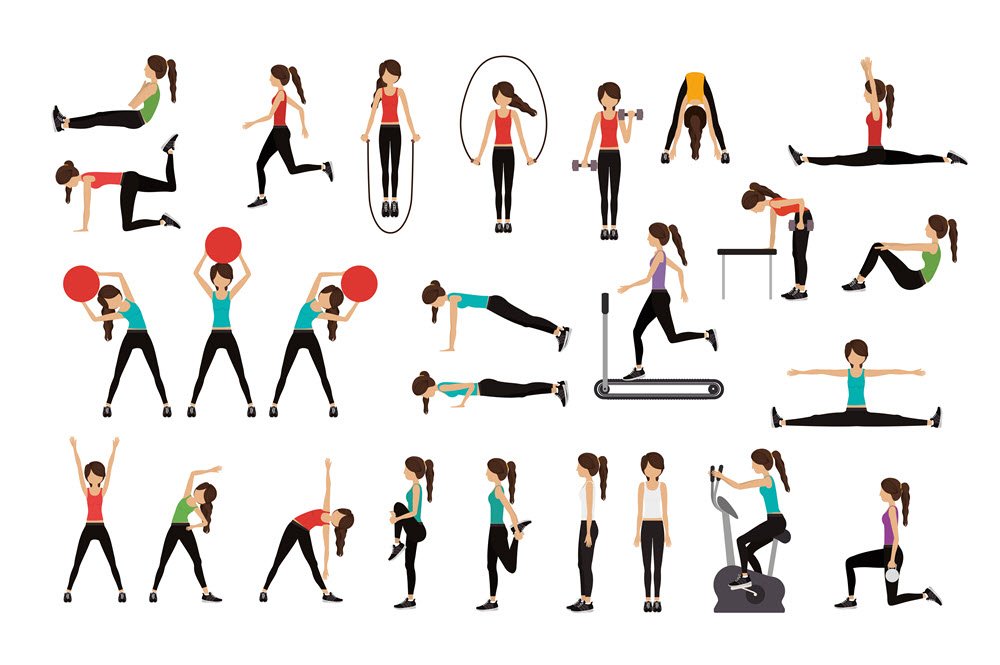
Starting cardio doesn’t have to be intimidating! These beginner-friendly workouts are simple, effective, and can be done anywhere—no fancy equipment needed.
1. Brisk Walking (⭐ Best for Absolute Beginners)
- How to do it: Walk at a pace that raises your heart rate but still allows conversation.
- Duration: Start with 15–20 minutes, gradually increasing to 30+ minutes.
- Benefits: Low-impact, improves endurance, and boosts mood.
2. Cycling (Outdoor or Stationary Bike)
- How to do it: Pedal at a steady pace; adjust resistance as you get stronger.
- Duration: 20–30 minutes.
- Benefits: Strengthens legs, easy on joints, and is great for stamina.
3. Swimming or Water Aerobics
- How to do it: Gentle laps or water-based exercises.
- Duration: 20 minutes.
- Benefits: Full-body workout with zero joint stress.
4. Dancing (Zumba, Home Dance Workouts)
- How to do it: Follow along with fun dance videos.
- Duration: 15–30 minutes.
- Benefits: Burns calories while feeling like play, not exercise!
5. Jump Rope (Modified for Beginners)
- How to do it: Start with short intervals (10–20 seconds), then rest.
- Duration: 5–10 minutes total.
- Benefits: Improves coordination and torches calories fast.
6. Low-Impact Cardio (Marching in Place, Step Touches)
- How to do it: Simple movements that keep your heart rate up.
- Duration: 10–20 minutes.
- Benefits: Perfect for those with joint concerns.
Pro Tips for Success:
✔ Start slow – Even 10 minutes a day counts!
✔ Mix it up – Try different workouts to stay motivated.
✔ Listen to your body – Rest when needed.
Final Thought
The best cardio workouts for beginners are the ones you enjoy and can stick with. Whether it’s walking, dancing, or cycling, consistency is key. Ready to get moving? Your heart (and body) will thank you! 💪❤️
How to Start Cardio Workouts for Beginners Safely
Starting a cardio routine is exciting, but safety should always come first! Follow these simple steps to ease into cardio without overdoing it.
1. Check with Your Doctor (If Needed)
- Especially important if you have:
- Heart conditions
- Joint problems
- Chronic illnesses (like diabetes or high blood pressure)
- A quick checkup ensures cardio is safe for you.
2. Start Slow & Low-Impact
- First Week Goal: Just 10–15 minutes of light activity (walking, cycling, swimming).
- Avoid jumping straight into running—build endurance first.
- Best beginner-friendly cardio:
- Brisk walking
- Stationary biking
- Elliptical machine
- Water aerobics
3. Warm Up & Cool Down
✅ Before workout (3–5 min):
- Arm circles, leg swings, marching in place
- Gentle dynamic stretches
✅ After workout (3–5 min):
- Slow walking + deep breathing
- Static stretches (hold each for 15–30 sec)
Why? Prevents injury and reduces soreness.
4. Follow the “Talk Test” for Intensity
- Ideal effort level: You can speak in short sentences (but not sing).
- Too hard? Slow down.
- Too easy? Increase speed slightly.
5. Progress Gradually (The 10% Rule)
- Increase time or intensity by only 10% per week.
- Example: If you walk 20 minutes this week, aim for 22 minutes next week.
- Avoid doing too much too soon (prevents burnout & injury).
6. Wear the Right Gear
- Shoes: Cushioned sneakers for support (avoid old/flat shoes).
- Clothing: Breathable, moisture-wicking fabric.
- Hydration: Sip water before, during, and after.
7. Listen to Your Body
🚩 Stop and rest if you feel:
- Dizziness
- Sharp pain (not just muscle fatigue)
- Extreme shortness of breath
💡 Mild muscle soreness is normal, but joint pain is not!
8. Make It a Habit (But Rest Too!)
- Beginners: Aim for 3 days/week, then build to 5.
- Rest days are crucial! Your body needs recovery.
Final Tip: Have Fun!
The best cardio is the kind you enjoy. Try different workouts (dancing, hiking, cycling) to stay motivated.
Sample Beginner Cardio Workout Plan
4-Week Beginner Cardio Workout Plan
(Safe, Effective & Progressive)
This plan slowly builds endurance while keeping workouts enjoyable. No equipment needed!
Week 1: Easing In (3 Days)
A. Workout (Low-Impact):
- 5 min warm-up (marching in place + arm circles)
- 10 min brisk walking (outdoor/treadmill)
- 2 min slow walking recovery
- Repeat 1x
- 5 min cool-down (stretching)
B. Workout (Fun Option):
- 5 min warm-up
- 10 min dance cardio (follow a YouTube video)
- 5 min cool-down
Workout C (Recovery):
- 15 min leisurely walk + stretching
Week 2: Building Stamina (3-4 Days)
A. (Intervals):
- 5 min warm-up
- Alternate:
- 1 min brisk walk
- 30 sec faster pace (or incline if on treadmill)
- Repeat 8x
- 5 min cool-down
Workout B (Swimming/Cycling):
- 20 min steady-paced activity
Workout C (Active Recovery):
- 20 min nature walk
Week 3: Increasing Challenge (4 Days)
Workout A (Cardio Mix):
- 5 min warm-up
- 2 min walk
- 1 min jog (or power walk)
- 1 min step touches
- Repeat 5x
- 5 min cool-down
Workout B (Dance/Play):
- 25 min Zumba or jump rope (modified: 15 sec on/30 sec off)
Week 4: Confidence Boost (4-5 Days)
Workout A (30-Minute Challenge):
- 5 min warm-up
- 20 min continuous:
- Walk 3 min
- Jog 1 min (or incline walk)
- 5 min cool-down
Workout B (Choice Day):
Pick any previous workout you enjoyed!
Key Tips for Success:
- Always warm up/cool down
- Modify as needed – no shame in slowing down!
- Track progress – note how you feel each week
- Reward yourself – new workout gear after Week 4!
💬 *”This plan helped me go from couch to 30-minute workouts without dreading exercise!”* – Sarah, beginner grad.
Staying Motivated & Tracking Progress: Your Cardio Success Guide
Starting cardio is exciting—keeping going is where the real magic happens! Here’s how to stay motivated and see real progress without burning out.
🔥 5 Motivation Boosters for Beginners
1. The “2-Minute Rule” for Days You Don’t Feel Like It
- Promise yourself: “I’ll just do 2 minutes.”
- Why it works: 90% of the time, you’ll keep going—but if not, you still showed up!
2. Pair Cardio with Something You Love
- Watch your favorite show while cycling
- Listen to podcasts/audiobooks during walks
- Turn workouts into social time (walk with a friend)
3. Track Small Wins (Not Just Weight Loss!)
Celebrate these victories:
✓ Walked 1 extra minute? Win!
✓ Felt less out of breath? Win!
✓ Worked out 3x this week? Big win!
4. Use the “Never Miss Twice” Rule
Skipped a workout? No guilt—just don’t skip the next one.
5. Visual Motivation
- Post a progress calendar on your fridge
- Set a phone wallpaper with your goal (e.g., “5K Runner”)
📊 How to Track Progress (Beyond the Scale)
1. The Simple Journal Method
- Each workout, note:
- Duration
- How you felt (e.g., “Walked 15 min—easier than last week!”)
- Weekly reflection: “What got better?”
2. Tech Helpers (Free Options!)
- Step counters: Phone health apps or a basic pedometer
- Workout apps: Nike Run Club (walking programs), YouTube cardio challenges
3. Fitness Milestones to Aim For
- Week 1-2: Consistently complete 3 workouts
- Week 3-4: Add 5 more minutes to sessions
- Month 2: Try one new cardio type (dance, hiking, etc.)
⏳ When Progress Feels Slow (This Is Normal!)
1. Notice Non-Scale Victories
- Climbing stairs without huffing
- Clothes fitting better
- More energy in the afternoons
2. Remind Yourself: “Comparison Kills Joy”
- That Instagram runner? They started somewhere, too.
3. Refresh Your Routine
- Bored of walking? Try:
- Nature trails instead of sidewalks
- Audio-guided walks (try the “Walkmeter” app)
🎁 Reward Yourself (The Right Way)
- After 10 workouts: New workout socks
- After 1 month: Massage or fitness class
- After consistent 3 months: New shoes
Avoid food rewards—you’re building healthy habits!
💬 Real Beginner Talk
Your turn: Which motivator will you try first? Tag a friend who needs this! 👇
Remember: Every great cardio journey started with a single step. Yours is already underway! 🚶♂️➡️🏃♀️
10 Essential Tips for Cardio Workout Success
Starting cardio is great—but sticking with it is what brings real results! These practical tips will help you stay consistent, avoid burnout, and make progress without frustration.
✅ 1. Start Even Slower Than You Think
- Newbie mistake: Going too hard, too soon → burnout or injury.
- Smart fix: Begin with just 10 minutes of light activity (walking, cycling).
- Pro tip: If you finish feeling like you could do more, that’s perfect!
✅ 2. The “3-Day Rule” for Habit Building
- Science says: Doing cardio 3x/week for 3 weeks makes it stick.
- Try this: Mark a calendar for your first 9 sessions—each X feels like a win!
✅ 3. Fuel Right (But Keep It Simple)
- Pre-workout: Banana or toast with peanut butter (30-60 min before).
- Post-workout: Protein + carbs (yogurt + berries, or eggs + whole-grain toast).
- Hydration: Sip water throughout the day—not just during workouts.
✅ 4. Beat Boredom with the “Switch It Up” Method
- Every 2 weeks, rotate one of these:
- Location (park vs. neighborhood walks)
- Activity (dance video one day, cycling the next)
- Playlist (create themed workout mixes)
✅ 5. Form Matters (Even in Cardio!)
- Walking/Running: Stand tall, relax shoulders, land softly.
- Cycling: Adjust seat height so knees aren’t locking.
- Dancing: Bend knees slightly to protect joints.
✅ 6. The “Talk Test” for Perfect Intensity
- Ideal effort: You can say short sentences comfortably.
- Too easy? Add hills or speed.
- Gasping? Slow down—this isn’t a race!
✅ 7. Rest Days Are Progress Days
- Beginners: Aim for 3-4 cardio days/week max.
- Why? Muscles and joints need recovery to get stronger.
✅ 8. Weatherproof Your Plan
- Rainy day? Try:
- Indoor walking (mall or treadmill)
- Stair climbing (even at home!)
- YouTube cardio videos
✅ 9. Track More Than Weight
Measure success with:
✓ Energy levels (“I don’t need that 3pm coffee anymore!”)
✓ Stamina (“Walked uphill without stopping!”)
✓ Mood (“Felt stressed, did cardio, now calmer.”)
✅ 10. The “5-Minute Trick” for Low-Motivation Days
- Promise yourself: “I’ll just move for 5 minutes.”
- Result: 80% of the time, you’ll keep going—and if not, you still moved!
🎯 Bonus: Your First Milestone
After 4 weeks, ask yourself:
- What’s easier now than Week 1?
- Which workout did I enjoy most?
- How can I challenge myself next month?
Common Questions About Cardio Workouts for Beginners – Answered!
Starting cardio can feel overwhelming, but don’t worry—we’ve got you covered. Here are answers to the most frequently asked questions from beginners.
❓ 1. How Often Should a Beginner Do Cardio?
✅ Start with 3 days/week (e.g., Monday, Wednesday, Friday).
✅ Rest days are crucial—your body needs recovery!
✅ After 2-3 weeks, you can gradually add a 4th day.
Example Schedule:
- Week 1-2: 3x (15-20 min per session)
- Week 3-4: 3-4x (20-30 min per session)
❓ 2. What’s the Best Time of Day for Cardio?
⏰ Morning: Boosts energy & metabolism for the day.
☀️ Afternoon/Evening: Often when muscles are warmest (may feel easier).
💡 The best time? Whenever you’ll actually do it!
Tip: If weight loss is a goal, some studies suggest fasted morning cardio (after water, before breakfast) may help burn fat slightly faster.
❓ 3. How Long Should a Beginner Cardio Session Be?
- Absolute beginners: Start with 10-15 minutes.
- After 1-2 weeks: Increase to 20-30 minutes.
- Goal: Work up to 30+ minutes for optimal benefits.
Remember: Three 10-minute sessions spread through the day count too!
❓ 4. Is It Normal to Feel Tired After Cardio?
✔️ Normal: Mild fatigue means you challenged yourself.
🚩 Concerning: Dizziness, nausea, or exhaustion lasting hours.
Fix:
- Eat a small carb+protein snack 30-60 min before.
- Stay hydrated.
- Adjust intensity—you might be pushing too hard.
❓ 5. Why Am I Not Losing Weight with Cardio?
Common reasons:
- Overeating afterward (unintentionally compensating).
- Doing the same workout (your body adapts).
- Building muscle while losing fat (scale may not budge, but clothes fit better!).
Solution:
- Track food intake (apps like MyFitnessPal help).
- Mix up cardio types (intervals, incline walking, swimming).
- Take progress photos & measurements—not just scale weight.
❓ 6. Can I Do Cardio Every Day?
⚠️ Beginners should NOT do intense cardio daily—risk of burnout or injury.
✅ Light activity (walking, gentle yoga) daily is fine.
💡 Ideal: 3-5 cardio days + 2-3 strength/stretch days.
❓ 7. What If I Hate Running?
Try these instead:
- Power walking (with arm swings)
- Cycling (outdoor or stationary)
- Dancing (Zumba, hip-hop workouts)
- Swimming or water aerobics
- Elliptical machine
Rule: If you hate it, don’t do it! Cardio should be enjoyable.
❓ 8. How Do I Know If I’m Doing It Right?
Signs of good cardio:
- Breathing heavier but can still talk in short sentences.
- Light sweat after 10+ minutes.
- Feel energized (not wiped out) afterward.
Red flags:
- Joint pain (not muscle soreness).
- Chest tightness or extreme breathlessness.
- Dizziness or nausea.
❓ 9. Should I Stretch Before Cardio?
Yes, but differently!
- Before: Dynamic stretches (leg swings, arm circles)—warms up muscles.
- After: Static stretches (hold 15-30 sec)—improves flexibility.
Never skip the 5-min warm-up/cool-down!
❓ 10. When Will I See Results?
⏳ Timeline for beginners:
- 1-2 weeks: Better sleep, more energy.
- 3-4 weeks: Clothes fit looser, stamina improves.
- 6-8 weeks: Visible changes (if combined with healthy eating).
Key: Patience + consistency = results.
Conclusion: Embrace the Journey to a Healthier You
Starting cardio workouts for beginners is a powerful first step towards a healthier, more energetic life. We’ve explored what cardio is, why it’s such a great starting point, how to begin safely, looked at effective beginner activities, and discussed ways to stay motivated and track your progress.
Remember that the goal isn’t perfection, but consistency and gradual improvement. By choosing activities you enjoy, starting slow, listening to your body, and making exercise a regular part of your week, you are building a strong foundation for long-term fitness and well-being.
Embrace this journey! There will be days when it feels challenging, but each workout is an investment in yourself. Celebrate the small victories, stay patient, and trust that the effort you put in will yield incredible rewards – from increased energy and a better mood to a stronger heart and a healthier future.
You have the tools and knowledge to begin. Take that first step, stay consistent, and enjoy the process of becoming a fitter, healthier you!
